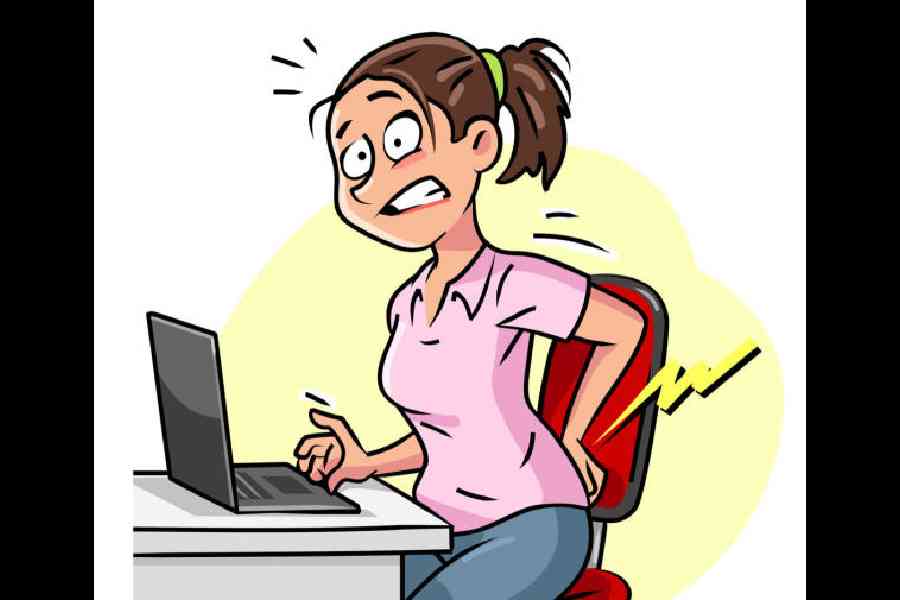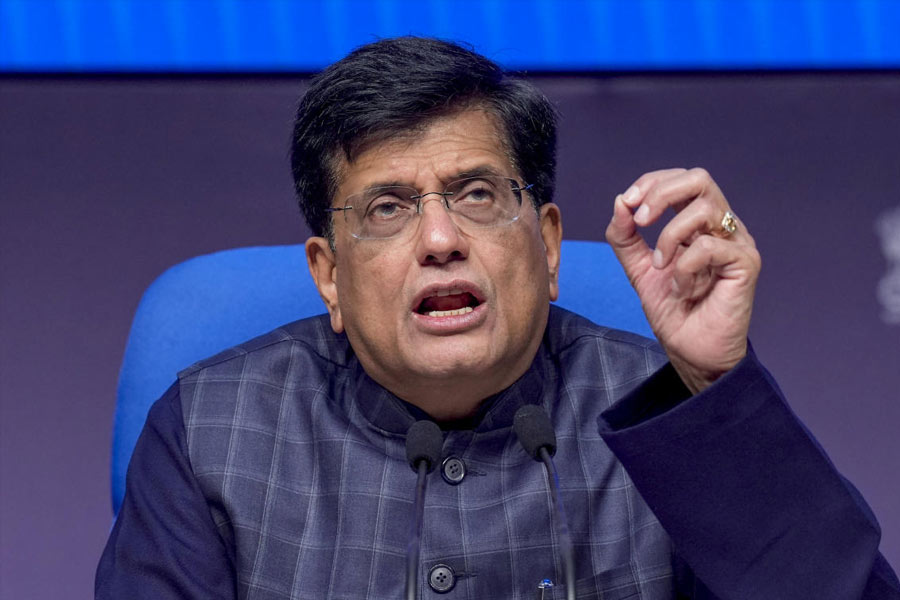We usually take our backs for granted and go through life barely giving it a second thought. True, our spine keeps us upright and enables movement but we rarely notice it until it starts to hurt. The pain might start as a slight twinge in certain positions or escalate into something much more debilitating, making everyday activities difficult.
Roughly 20 per cent of adults between the ages of 30 and 50 will experience back pain at some point. It is a leading cause of absenteeism across all professions.
The incidence of back pain has been steadily rising worldwide and several lifestyle factors are to blame. We live increasingly sedentary lives. More people are struggling with obesity and hours are spent hunched over computers, laptops, tablets and phones. Proper posture and ergonomic habits are often neglected, resulting in a sharp rise in back pain, not just among adults but also children and adolescents.
Women, in particular, face higher risks. During pregnancy posture gets altered to maintain balance and hormonal changes (specifically, the release of the hormone relaxin) weaken muscles and ligaments. Without regular antenatal and postnatal exercises, what begins as a temporary condition can lead to chronic back issues.
Manual labourers are also prone to back injuries from lifting heavy loads. People who don’t routinely do physical work can also suffer if they suddenly lift a heavy object, such as a suitcase or a bucket of water, without proper preparation. The body, unaccustomed to this sudden strain, responds with a sharp pain and a popping or snapping sound.
Common causes
Factors that lead to back pain include poor lifting techniques and posture; age-related wear and tear of spine and intervertebral discs and herniated discs, which can press on the spinal cord or nerves. It may also be due to nerve impingement, leading to radiating pain down the legs (sciatica) and non-spinal causes, such as UTI or kidney stones.
Treatment plan
At the onset of back pain, conservative home remedies are often effective. These include rest (but not prolonged bed rest), application of heat or cold, topical ointments (like those containing capsaicin), gentle stretching and over-the-counter pain medications. However, seek medical attention promptly if there is fever, numbness or tingling, pain radiating to the legs or weakness in the limbs.
Doctors may recommend a physical examination along with blood tests, X-rays, CT or MRI scans and nerve conduction studies. Sometimes, despite thorough testing, back pain is labelled “non-specific”, making treatment challenging.
People think that rest will cure a backache. In reality, extended bed rest can worsen back problems. Inactivity weakens the paraspinal muscles, creating a vicious cycle of pain and rest with little to no improvement. Staying active through light exercises like walking or swimming is beneficial. Physiotherapy can guide patients through core and muscle-strengthening routines.
Medical treatment may include pain relievers, muscle relaxants, mild antidepressants (for chronic pain management) and as a last resort, surgery.
Reduce risk
To help prevent back pain, maintain a healthy BMI (equal to or less than 25). Incorporate yoga or stretching into your routine. Although it doesn’t burn many calories, it is immensely beneficial for flexibility, balance and posture. Work to strengthen your core muscles. Lift objects correctly — always bend at the knees, not the waist. Sleep on a supportive mattress. Avoid wearing high heels as they can harm your posture. Do not smoke, as it reduces blood flow to spinal tissues and slows healing.
Your back is the foundation of your body’s structure and movement. Treat it with care.
The writer has a family practice at Vellore and is the author of Staying Healthy in Modern India. If you have any questions on health issues please write to yourhealthgm@yahoo.co.in










